Is it necessary to huddle tomatoes in a greenhouse and open field?
There are about the same number of supporters of hilling tomatoes as there are opponents. To carry out the procedure or not - everyone determines for themselves. To decide whether you need to spud tomatoes in your beds, it is important to understand what this agronomic technique gives and how important it is for the future harvest.
The essence of the procedure and its necessity
Hilling in simple words can be defined as the creation of earthen mounds at the base of the bush. From row spacings, the soil is raked to the bush with a hoe - that's all the work. However, its results are much more significant than they seem at first glance.
If you look closely at the tomato stem near the soil surface, you can see small, about 2-3 mm, outgrowths - the rudiments of future roots. This is a signal that the plant needs additional nutrition. Hilling tomatoes contributes to this.
In addition, even a small tubercle of soil contributes to better heating of the roots: the surface area adjacent to the roots increases.
Peeled tomatoes have a number of additional advantages over uncooked tomatoes:
- The supply of air to the root system is improved, and the moisture holding capacity of the soil increases, since it has been loosened.
- Additional roots, which have received a powerful stimulus for growth, make the stem denser, stronger, more stable, the plant activates the growth of aerial parts, flowering and fruit setting.
- The bush receives more nutrients, which directly affects the yield and its quality.
- Grooves are formed in the aisles, which greatly simplifies watering and top dressing: liquid substances do not spread uncontrollably over the surface of the bed, but go directly to the roots of the bushes.
- With heavy rains, the soil at the base of the stem is less washed out, excess water is directed into the furrows between the rows.
- Access of pests - ants, snails, slugs - to the stems is difficult.
- The risk of plant lodging or stem breakage is reduced with a large number of ripening fruits.
- Correctly hilled undersized varieties do without a garter to the supports.
Similar results are achieved when hilling tomatoes in greenhouses, where the procedure is mandatory in any case: a warm, humid microclimate promotes active growth of leaves and the formation of fruitful clusters, but the stem remains thin.
Tomatoes in the open field can not be piled up if their stems are strong, healthy, have an even green color, and the flowers and ovaries do not dry out, do not crumble. Deep-planted plants are also not treated - they form a sufficient number of additional roots.
When to huddle tomatoes?
The exact timing of hilling is suggested by the plants themselves. The first time the earth is raked up about 10-15 days after planting in the ground - by this time, future roots usually appear. If they are not there, the procedure is not performed in order not to block the access of oxygen to the insufficiently formed root system.
The stem of the plant warns about the timing of the second hilling: its lower part acquires a blue tint. Usually this moment comes 3 weeks after the first filling of the soil.
Next, they observe the trunks of the bushes: with the appearance of air roots, the procedure is carried out.
Usually, hilling is carried out 2-3 times per season. For some varieties, a single treatment is enough, for others, three may not be enough. This is usually due to the growing conditions: unfavorable weather conditions, depleted soil. Only careful observation of green pets will give the correct answer - when and how many times you need to "build" mounds.
How to huddle tomatoes?
The job is very simple. The soil requires preliminary moistening - abundant watering or good rain. The main tool is a boot or shovel with a small working surface.
They work very carefully so as not to damage the roots located close to the surface of the earth.
In cold weather, the soil for hilling is mixed with peat, humus or compost so that the roots suffer less from the low temperature. This additive will simultaneously feed the tomatoes.
To facilitate the work, the ground for the tomatoes is piled first on one side of the row, and then on the other (thus, in addition to saving time, they get more even mounds).
For hilling tall varieties, they often resort to an unusual technique. During planting of seedlings, not holes are dug for it, but grooves a little deeper than usually required. The first days the seedlings are slightly below the ground level, instead of the first hilling, the surface of the bed is leveled, and then the beads are already built up.
Hilling open ground beds has its own characteristics.
- The moistening of the beds is carried out a day or two before hilling. Hilling dry earth is a waste of time and effort: adventitious roots will not develop in it.
- Previously, the soil is loosened to a depth of 4-5 cm and all weeds are removed.
- The earth is collected in mounds from a distance of 15-20 cm. The resulting holes or grooves are not smoothed, they serve as accumulators of rain moisture or excess water after irrigation.
- The optimal height of the mounds is 15-20 cm, but it depends on the type of soil. It is not difficult to huddle to such a height on loams, but on sandy soils the task becomes almost impossible. In such cases, instead of traditional hilling, the required amount of fertile soil is poured.
- The best terms for work on a sunny day are morning or sunset hours, in cloudy weather there are no restrictions.
After hilling, mulch is laid out in the resulting grooves - dry grass. Subsequently, abundant watering is carried out on this grass. Dry soil at the base of the bushes prevents the development of pathogens.
The nuances of hilling in the greenhouse:
- watering is carried out one day before the start of hilling;
- ventilate the greenhouse before starting work;
- the hillocks are raked to a height of 8-10 cm and fixed with low walls in the form of rings or squares from scrap materials - sheets of plastic, roofing material, plywood, metal strips.
If, by the time of hilling, strong stepchildren have formed in the lower part of the stem, they can be left, covered with earth 1-2 cm from the branch. Such shoots take root easily and quickly, they are separated and planted in free places.
Hilling your favorite tomatoes or leaving them as they are, making it difficult for yourself to carefully examine the bushes after a pouring rain - the final choice always remains with the summer resident. There are many who do not see the difference in the size of the harvest of processed and unprocessed plants. But taking into account the fact that the procedure affects not only the number of tomatoes, but also the general condition of the bushes (how susceptible they are to diseases in a particular area), the depth of agrotechnical thought opens: more roots - healthier tomatoes.
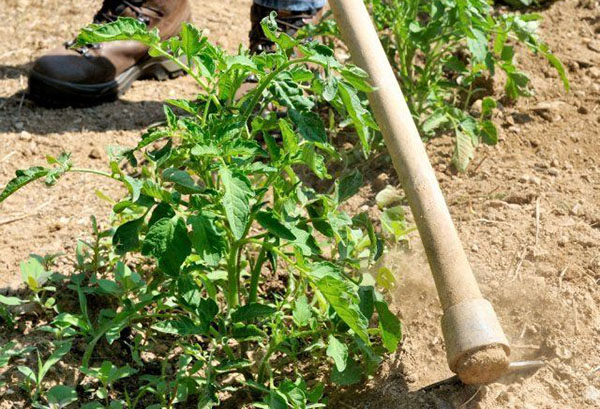
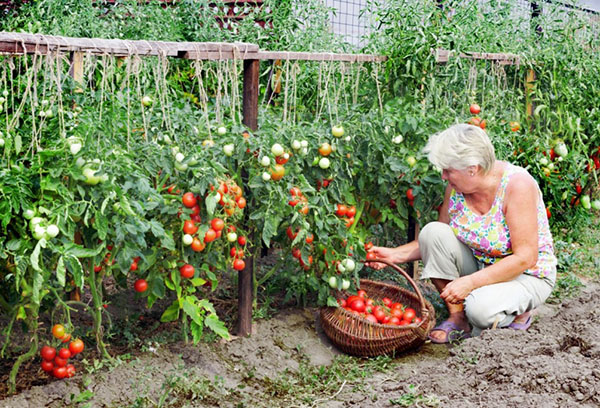
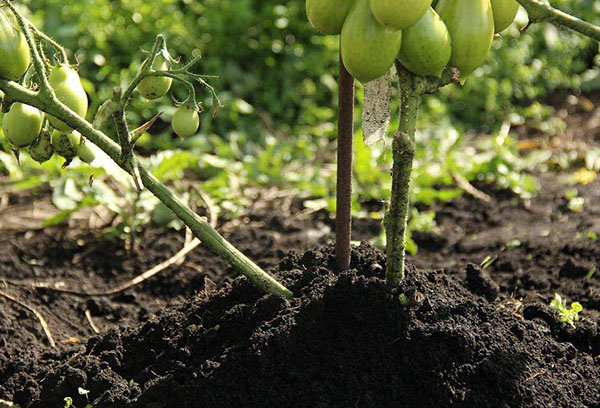



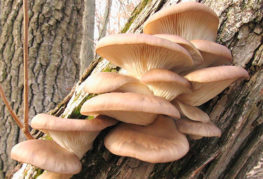
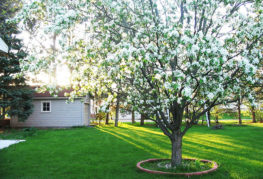
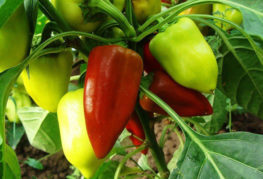
and will be published shortly.